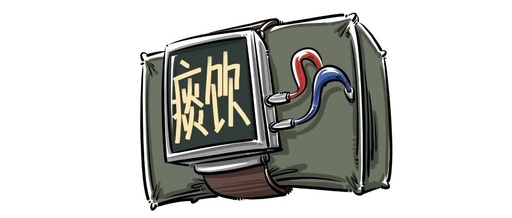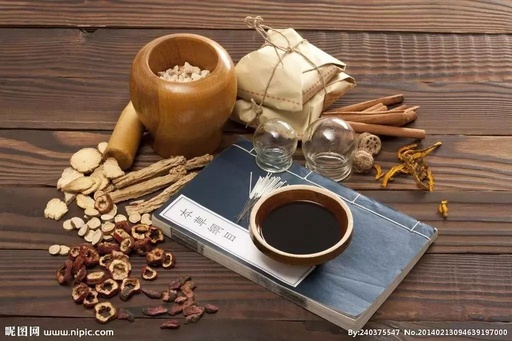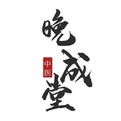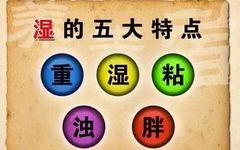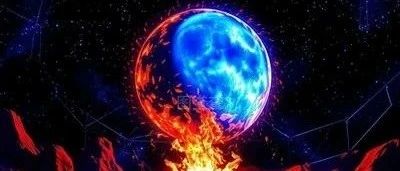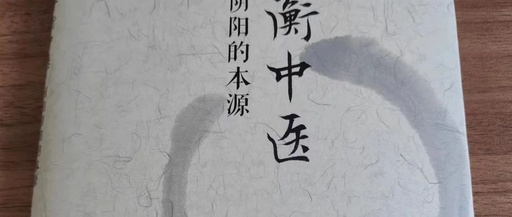Traditional Chinese Medicine: A Method to Elevate Yang and Eliminate Dampness to Enhance Vitality
Click the blue text Follow us In Traditional Chinese Medicine (TCM), wind, cold, dampness, heat, dryness, and fire are referred to as the “Six Excessive Evils” (liuyin xieqi). Regardless of which one a man encounters, it can affect his functional capabilities to some extent. Moreover, these six evils can intertwine and complicate the situation, making … Read more


